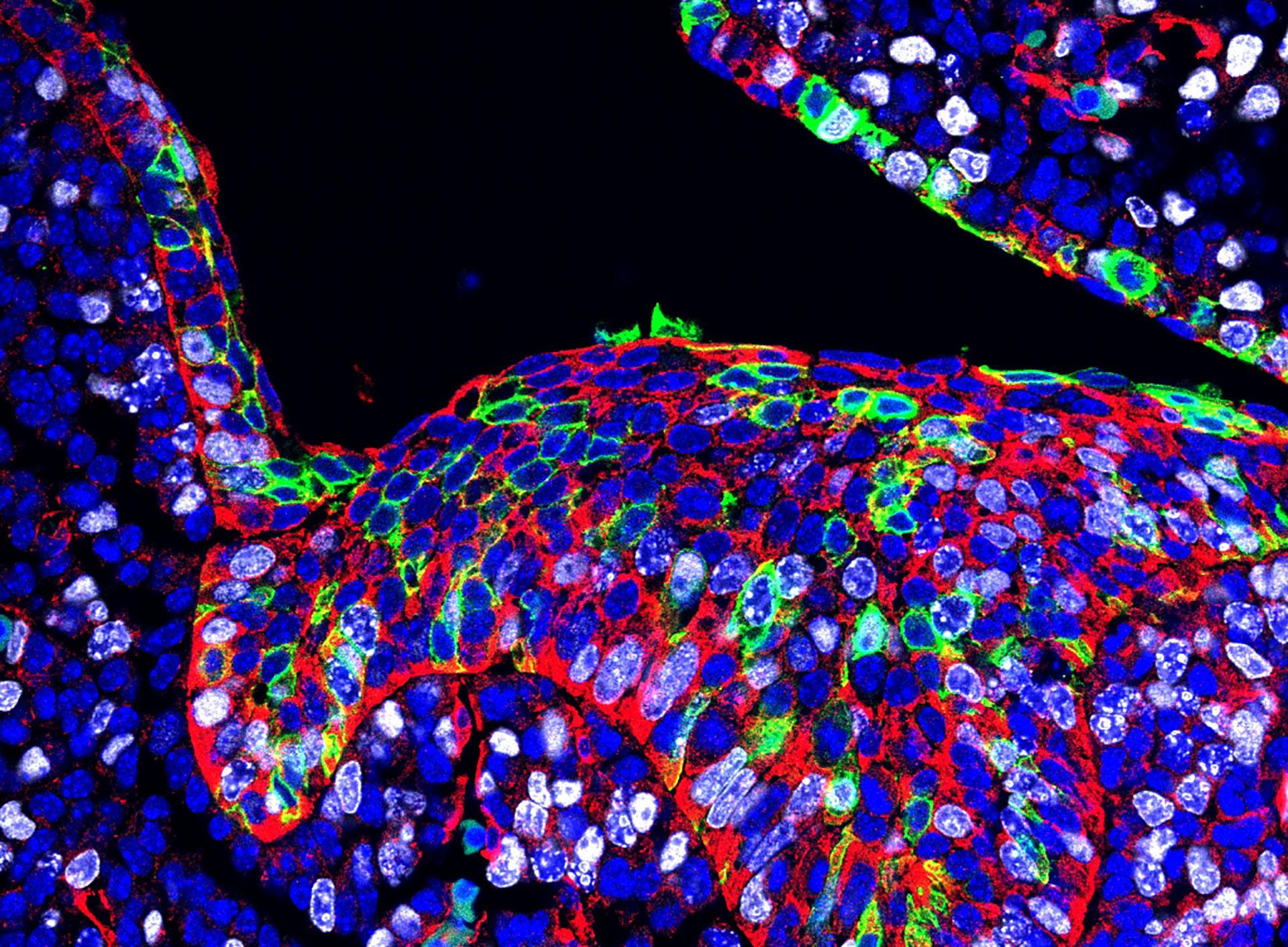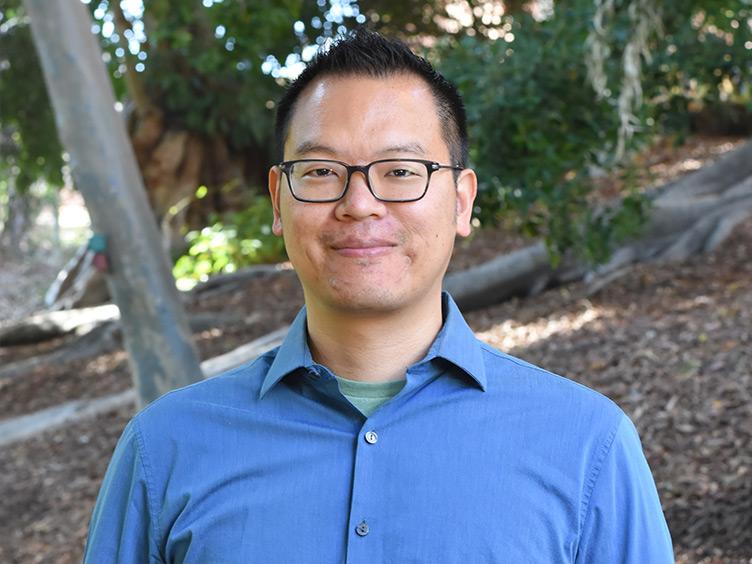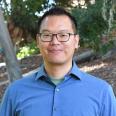Hu Lab


Principal Investigator:
Jimmy Hu, Ph.D.About
As an embryo develops and primordial organs begin to take shape, a confluence of biochemical and mechanical signals instructs constituent cells to organize into specific patterns and forms. The Hu lab seeks to understand how these signaling cues modulate cell behaviors and gene expression in order to generate correct tissue morphologies and cellular identities during development. The lab uses several craniofacial structures as model systems, including the tooth and the ear, and interrogates them via mouse genetics, live imaging, and biomechanical techniques in order to determine how mechanical forces and biochemical signals are generated and used to control different cellular processes and drive morphogenesis. Dr. Hu’s team has a particular interest in how mechanical forces are integrated with molecular signaling pathways such as Hippo and Integrin, in order to modulate key developmental patterns, such as how epithelial tissues buckle, turn, and invaginate.
In addition to the primary patterning of an organ during development, once an organ is formed it must also be maintained or repaired in order to function normally throughout the lifespan of the animal. Many of these processes are dependent on proper regulation of resident somatic stem cells, which, like progenitor cells in embryos, are under the control of biochemical and mechanical cues. The Hu lab studies how tissue architecture contributes to stem cell regulations, focusing on understanding the roles of cell density, adhesion, and arrangement in governing cell proliferation and differentiation.
Ultimately, the Hu lab aims to extract principal mechanisms of tissue morphogenesis and stem cell regulation from these experiments in order to design and develop strategies for regenerative medicine.
Current Projects and Grants
R00 from NIH/NIDCR to investigate the roles of mechanical signaling in YAP-mediated tooth renew.
Publications
- Kindberg A, Hu JK*, Bush JO*. (2020) Forced to communicate: Integration of mechanical and biochemical signaling in morphogenesis. Current Opinion in Cell Biology. 66:59–68. PMID: 32569947
- Hu JK, Du W, Shelton S, Oldham M, DiPersio CM, Klein OD. (2017) An FAK-YAP-mTOR signaling axis regulates stem cell-based tissue renewal in mice. Cell Stem Cell 21(1):91-106 PMCID: PMC5501749
- Du W*, Hu JK*, Du W, Klein OD. (2017) Lineage tracing in developing teeth reveals two mechanisms for building signaling centers. J. Biol. Chem. 292(36):15062-15069. PMCID: PMC5592681
- Li CY*, Hu JK*, Lu H, Lan J, Du W, Galicia N, and Klein OD. (2016) αE-catenin inhibits YAP/TAZ activity to regulate signaling center formation during tooth development. Nature Communications 7:12133. PMCID: PMC4947177
- Biehs B*, Hu JK*, Jung H, Strauli NB, Sangiorgi E, Heber R-P, Goodwin AF, Ho S, Capecchi MR, Dasen J, and Klein OD. (2013) Bmi1-mediated repression of Inka/Arf and Hox genes controls stem cells in the rodent incisor. Nature Cell Biology 15(7):846-52. PMC
Lab Members
Collaborators
- Dr. Otger Campàs at UCSB
- Dr. Ophir Klein at UCSF
Opportunities
The Hu Lab is looking to add enthusiastic scientists at the graduate and postdoctoral levels. While candidates will ideally have a background in developmental and/or stem cell biology, biomechanics, or genomic studies, we will gladly consider motivated and aspiring applicants, who have a strong interest in studying tissue morphogenesis and regeneration.
Contact Us
(310) 825-7242
jhu@dentistry.ucla.edu

